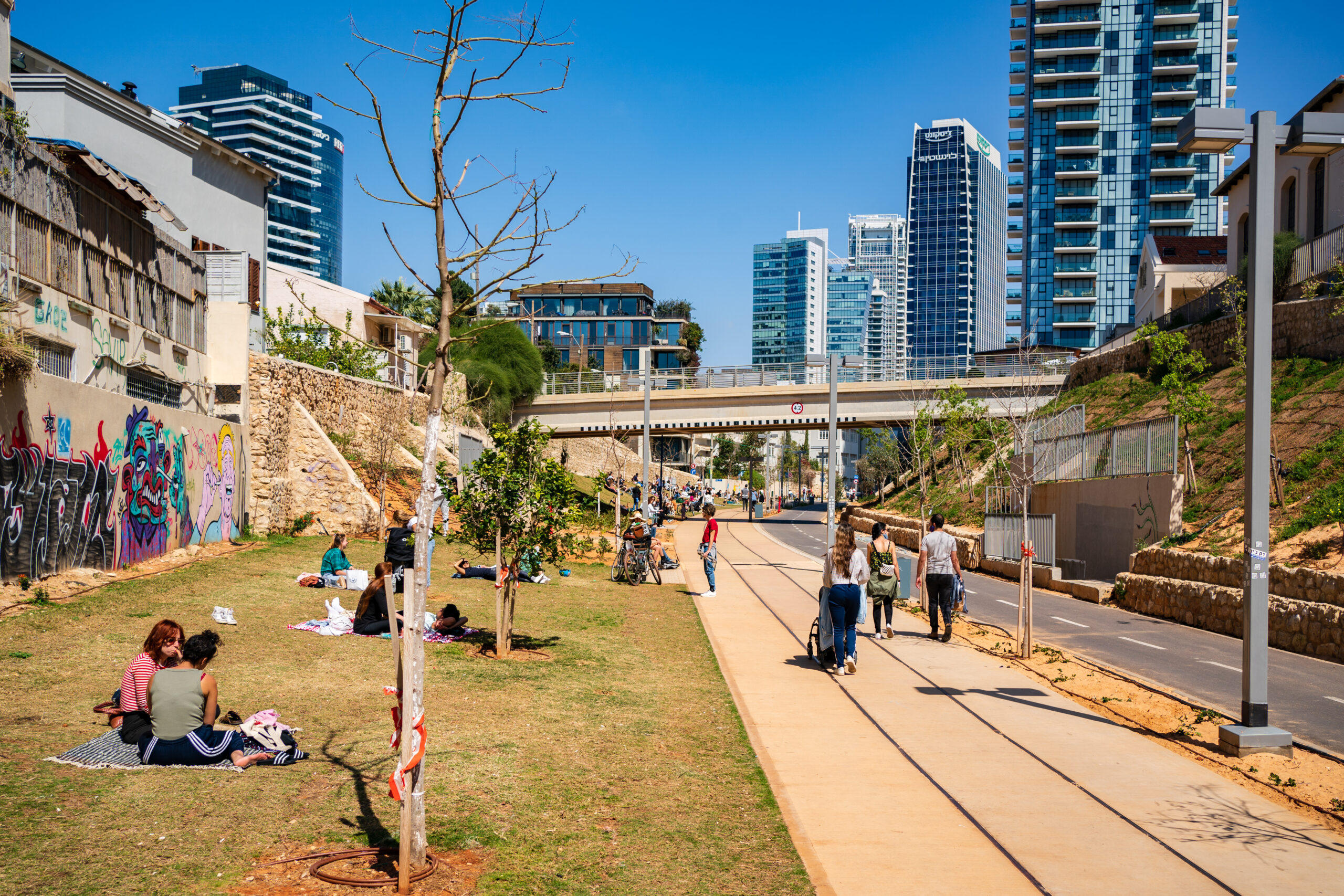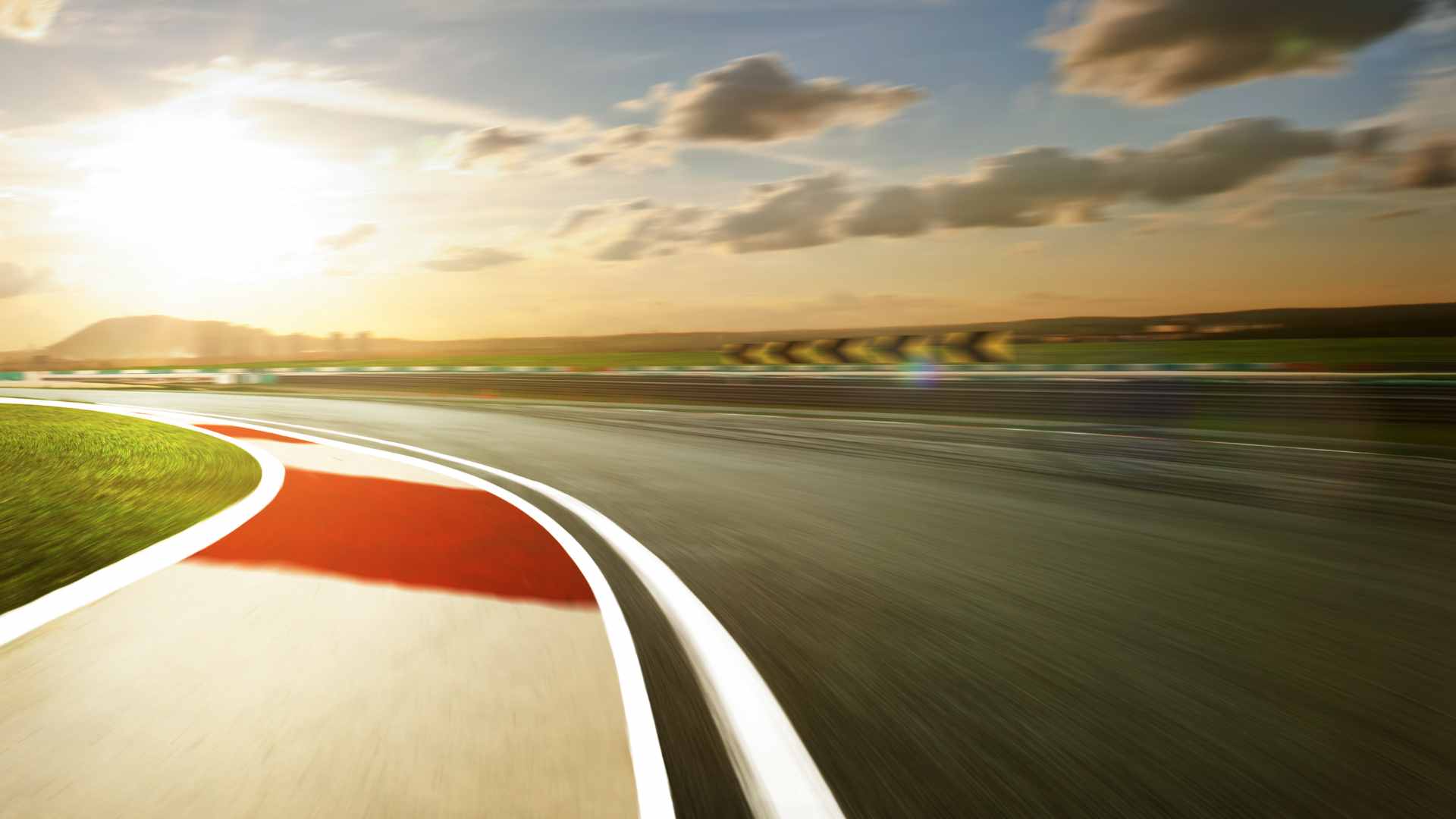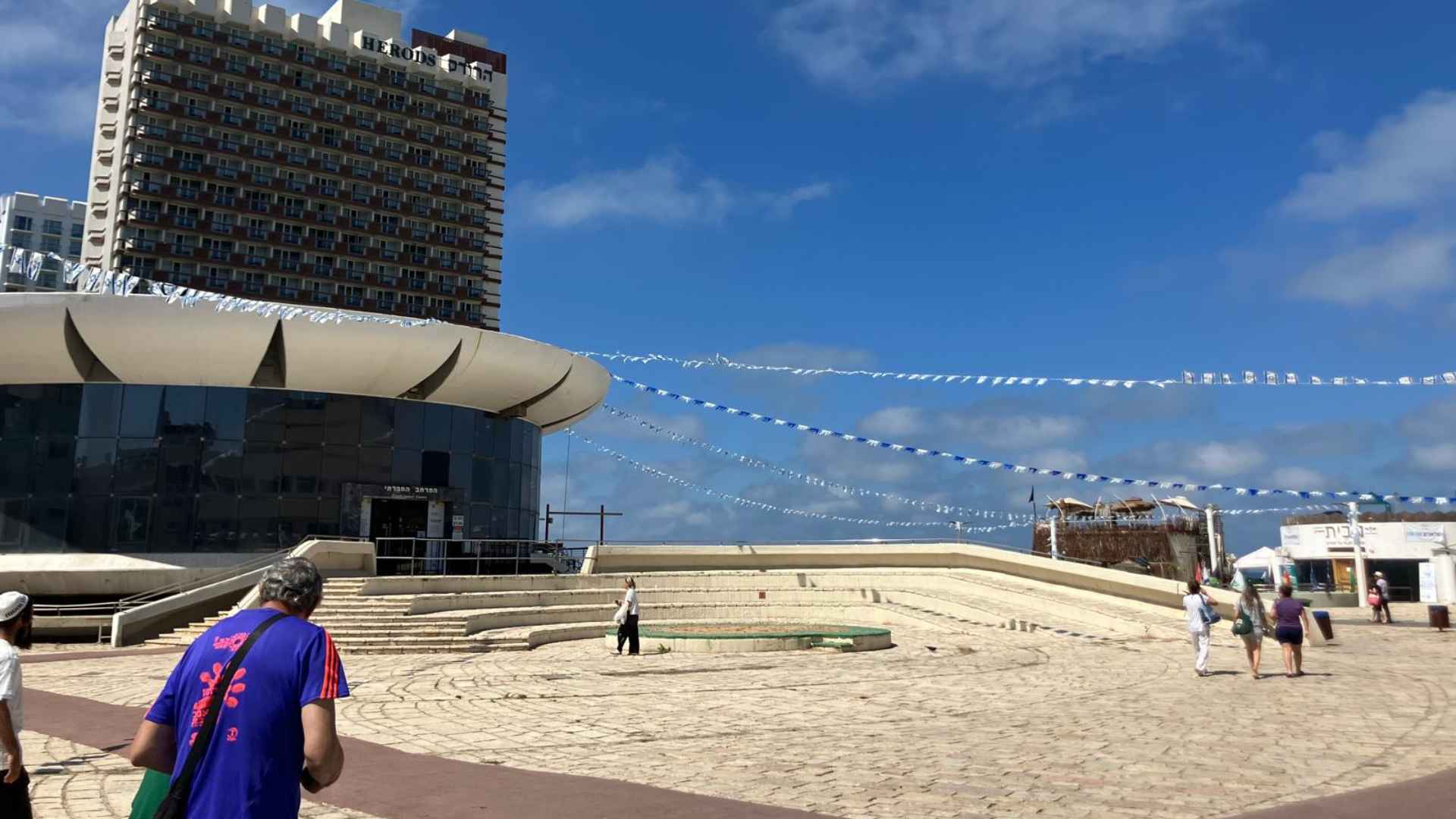More than 90% of Israel’s population live in urban areas, many of which are densely populated and poorly planned. Never comfortable in the summer months, these places will become urban hotspots with frequent and long-lasting heatwaves the like of which we’ve never experienced.
Planners, municipalities, ecologists, architects and developers all need to work together to rapidly expand shade and heat-relief resources. Urban trees have tremendous potential to cut air pollution and to cool neighborhoods, to lower stress and blood pressure, and to serve as islands of calm along busy streets.
Too many mature trees destroyed
It’s tough to be a tree-lover in Israel. Over the years, Adam Teva V’Din has helped dozens of communities seeking to protect existing, mature trees from the actions of roadbuilders and developers. It’s estimated that at least 25,000 mature trees are destroyed every year in favor of construction projects. In Tel Aviv alone, in excess of 40,000 trees will fall to make way for the greater metropolitan area Metro and light rail systems.
It doesn’t have to be like that
Some local authorities are initiating long-term plans to replace every felled tree with at least one new sapling. But as climate crisis looms, we don’t have time to wait for them to grow. We welcomed the national plan approved in 2022 for some half million trees to be planted in towns throughout Israel at cost of 2.5 billion Israeli shekels.
In the meantime, at Adam Teva V’Din we’re working on means to better protecting existing trees, while empowering planners to mandate trees and artificial devices to provide ‘shade quality’ in all public spaces. We are ready with:
- A legislative bill that requires the public labelling of ‘trees under the axe’ in sufficient time for people to submit objections. Our bill, awaiting Knesset review, also improves the interface between the Planning & Building Law and the Forests Ordinance, in an orderly process with the goal of keeping the number of trees to be destroyed to a minimum.
- A draft Amendment to the Planning & Building Law that expands the range of public spaces where shade must reach 50% of the area, and which takes into account that natural shade will be combined with artificial shading devices, temporary or permanent, to provide the optimal shading solution during the hottest months.
For years now, climate experts and scientists have claimed that a trillion trees could capture the GHG emissions that are driving climate change. In Barcelona, Spain, city authorities have already set up a system of 200 climate shelters to beat the June to September months. Israel, too, should be readying climate shelters in public buildings, sports centers and car parks so that everyone has access to shade. It’s never too early to prepare. Let’s make shade while the sun shines…





